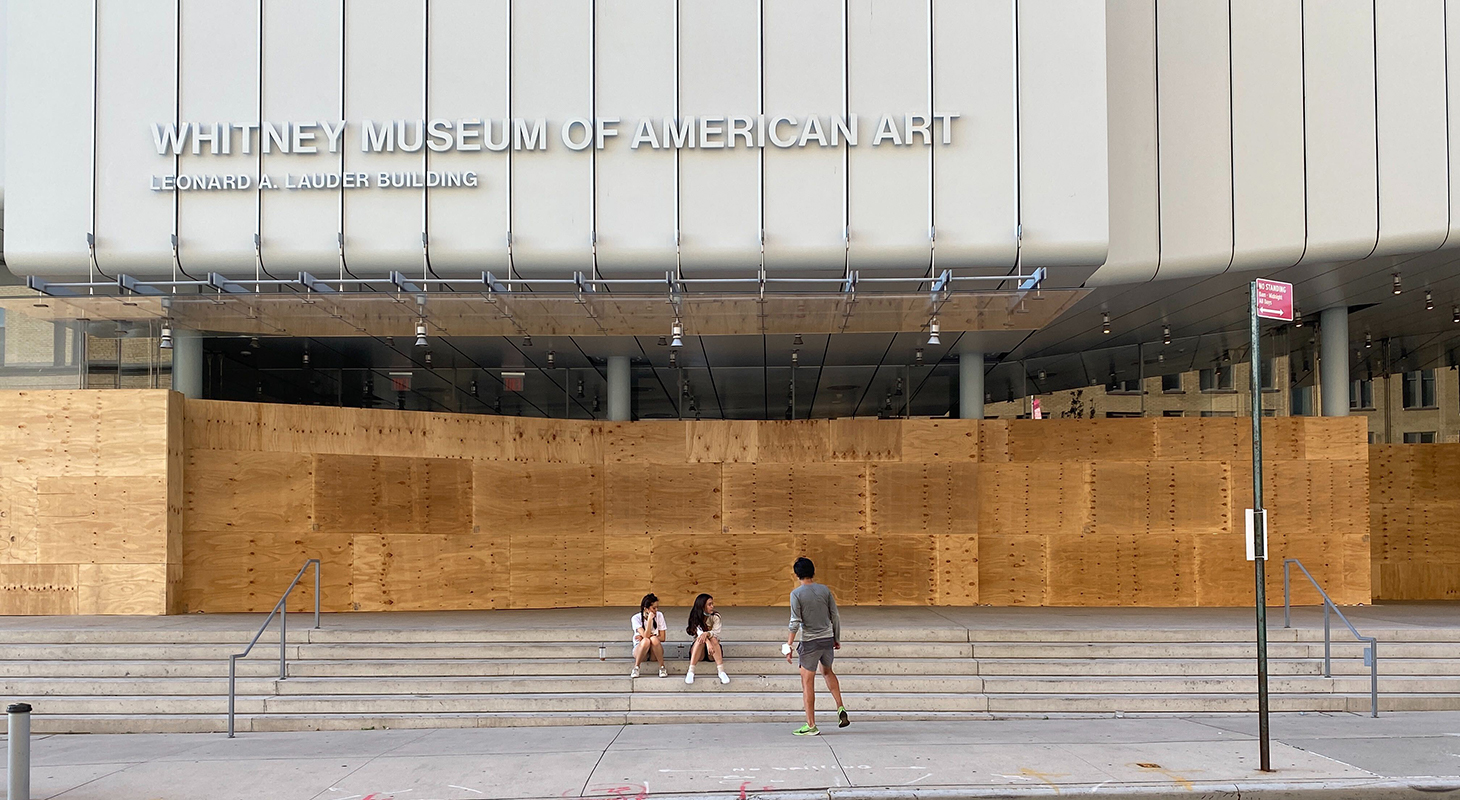Some museums in the United States are public and others are private — everyone knows that. But what, exactly, is the difference?
The answer to this seemingly straightforward question reveals a few common misconceptions about our nation’s institutions. It also points to a fascinating trend in the life cycle of these museums: While many are started by wealthy individuals to house their personal collections, they tend to become more public over time. But when it comes to issues of visitor experience, access to culture, and governance, the meaning of “public” can be slippery at best.
To start, what do most museums have in common? They are, by federal definition, 501(c)3 nonprofits housing tangible objects and open to the public at least 120 days a year. Different states impose varying regulations: In New York, for example, a museum can only deaccession an object to expand its collection or finance its preservation. Museums file an annual 990 form, a publicly accessible tax document that lists their sources of funding. As nonprofits, museums don’t pay income tax and can receive tax-deductible contributions.
A few institutions are decisively government-run, such as the Smithsonian in Washington, DC, established by Congress in 1846 after namesake James Smithson willed his fortune to the US. Congress leaves control of the museum up to a 17-member Board of Regents including government officials: the Chief Justice of the Supreme Court, the Vice President, three senators, three house representatives, and nine private citizens. The Smithsonian museums receive most of their money from the government.
Unlike the Smithsonian, the National Gallery of Art (NGA), established by Congress in 1937 after Gilded Age industrialist Andrew Mellon gifted his art collection, is run by a more traditional board of trustees. The government funds the museum’s operations and maintenance, but the NGA acquires all artworks through private donations. Both the Smithsonian and the NGA are free.
Other museums were established by state governments, including the North Carolina Museum of Art, the Virginia Museum of Fine Arts, and the Metropolitan Museum of Art. New York’s state legislature established The Met in 1870 following lobbying efforts from citizens. The museum receives government funding but gets most of its money from private sources. Its board owns the collection, but The Met is one of many institutions whose land and building are owned by the city, along with the American Museum of Natural History and MoMA PS1.
These types of museums are the most public — they were started via legislative acts and still run, at least in part, thanks to direct government aid. They are categorized for tax purposes as “public charities” (as opposed to “private charities”). But museums that don’t receive direct government aid can fall into the first category, too.
Henry Clay Frick started the Frick Collection in New York City to showcase his private art holdings and donated his property and collection to a newly created foundation, establishing in the museum’s charter that it must be open to the public. The Morgan Library, the Guggenheim Museum, the Whitney Museum of American Art, and the Museum of Modern Art (MoMA) have similar origin stories: The rich individuals who started them set aside funding for new institutions that would open in the future.
But now these museums are a century old, and much of that money has dried up. Today, these institutions rely on the public for donations, and once they cross this threshold they become “public charities” that must cede power to a board.
The Crystal Bridges Museum in the Ozark Mountains started much like the Frick, with gifts of a private art collection and land, but transitioned from a private foundation to a public charity in 2011.
Right now, newer institutions such as the Kimball Museum in Fort Worth (owned and funded by the Kimball Foundation) and Los Angeles’s Broad Museum (funded by Eli and Edythe Broad’s namesake foundation) resemble the Whitney, the Morgan Library, and the Whitney in their early days. These museums are “private charities” because they are funded through their founders’ personal fortunes.
The Kimball and the Broad are both well-regarded institutions, but private museums like these make headlines every few years for less-than-ethical activities. An article published by ProPublica last July exposed how affluent individuals can “donate” their art collection to their own foundation and display it however they wish. Technically, they need to make the art accessible to the public, but workarounds can turn private museums into tax evasion schemes.
These scammy institutions are the most private of private museums, but most museums fall somewhere on the spectrum between public and private. Is the museum’s collection or building owned by the government? How much government funding does it receive? Is the institution a public or private charity? A museum run by a wealthy board of trustees is technically more “public” than a museum run by the wealthy heads of a private foundation. But in the case of museums such as MoMA and the Whitney, those boards include members who have repeatedly been called upon by the public to resign. These institutions also charge up to $30 for admission, despite offering some free days or evenings each month. While they may be one or the other in the eyes of the IRS, the difference between a private and public museum does not always translate seamlessly to the experience of communities who frequent them.

